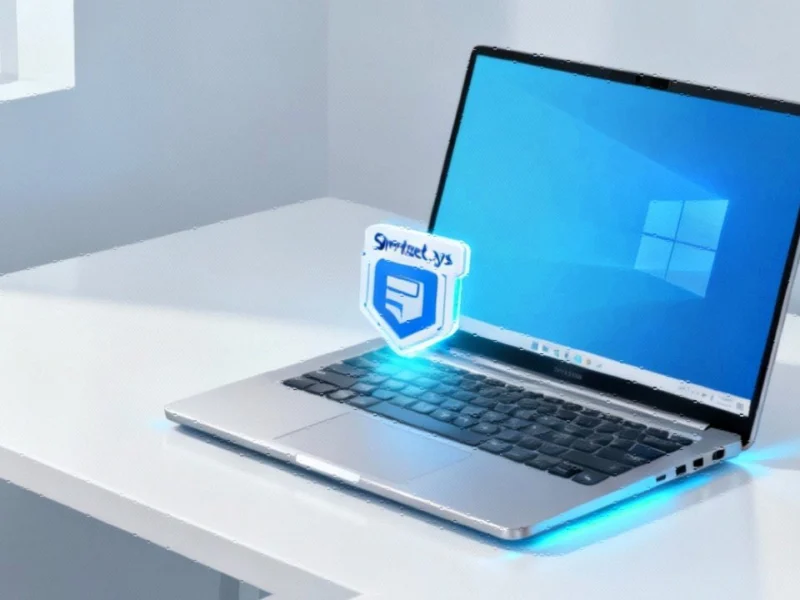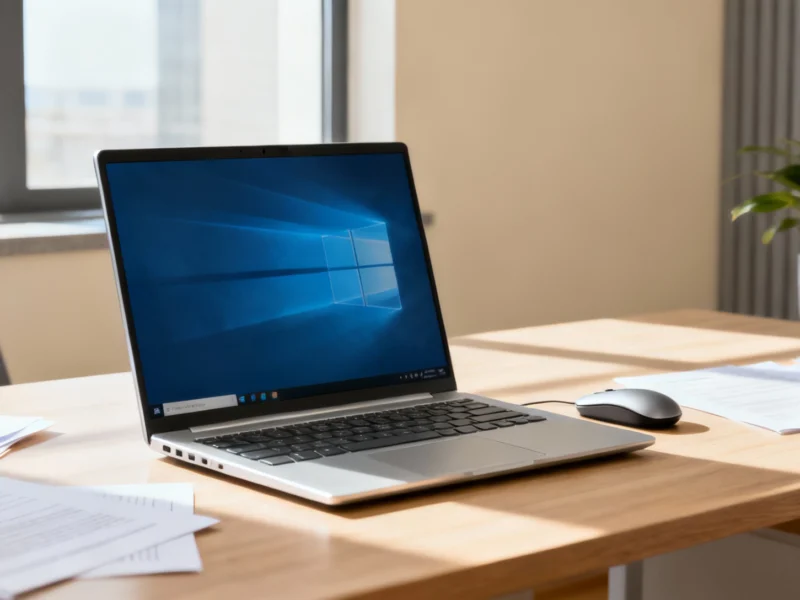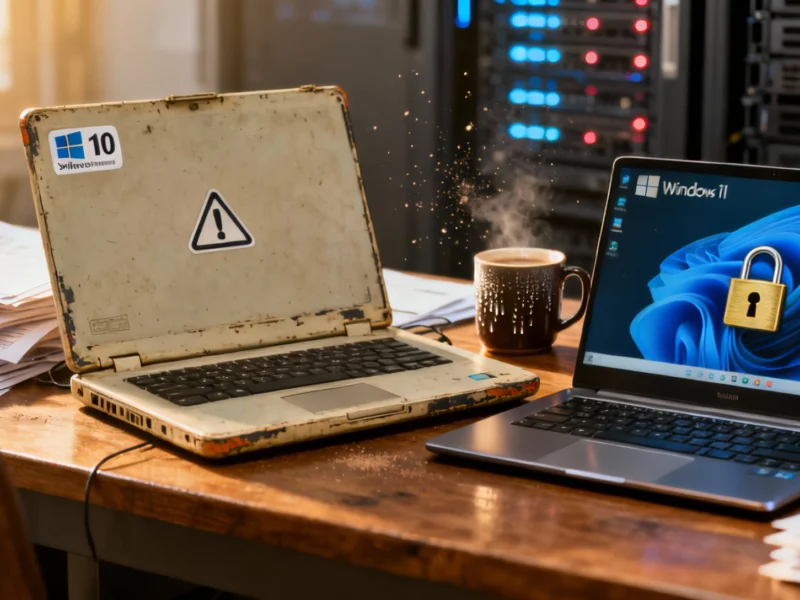Microsoft Resolves Major Stability Issue Blocking Windows 11 24H2 Deployment
Microsoft has officially lifted the compatibility hold that prevented Windows 11 version 24H2 from installing on systems affected by the problematic sprotect.sys driver. The resolution comes after months of investigation and collaboration with third-party developer SenseShield Technology Co., whose security software was causing system freezes and crashes on updated devices.
The sprotect.sys driver, integral to enterprise encryption and security solutions, had been triggering severe instability in versions 1.0.2.372 and 1.0.3.48903. Affected users reported systems becoming unresponsive with blue or black screens following the 24H2 upgrade, prompting Microsoft’s intervention with a safeguard hold in April.
Understanding the Technical Breakdown
The conflict between Windows 11 24H2 and the SenseShield driver represented a classic case of kernel-level compatibility issues that can occur when operating systems undergo significant updates. The sprotect.sys driver operates at a privileged system level, where even minor incompatibilities can cause widespread system instability.
Microsoft’s safeguard ID 56318982 tracked the issue, with detailed technical documentation available in KB5006965 on the company’s support site. The compatibility hold affected both Home and Pro editions of Windows 11, automatically preventing vulnerable systems from receiving the update through Windows Update channels.
Resolution and Deployment Timeline
SenseShield has now released updated versions of their software that resolve the compatibility problems. Microsoft confirmed the complete removal of the safeguard hold on October 15, 2025, clearing the path for eligible devices to upgrade to Windows 11 24H2.
Users should note that update availability may be gradual. “It may take up to 48 hours before the update becomes available for all users,” Microsoft stated, recommending device restarts to potentially accelerate the process. The company specifically warns against manually forcing the update using Installation Assistant or Media Creation Tool on systems still running the problematic driver versions.
Enterprise Implications and Best Practices
For IT administrators and enterprise users, this incident highlights the importance of thorough compatibility testing before major OS deployments. The resolution of Windows 11 24H2 freezing issues represents a significant milestone for organizational upgrade planning.
Microsoft recommends that users update any security or enterprise software relying on SenseShield’s technology, as the sprotect.sys driver may be automatically installed during application setup. This proactive approach can prevent similar compatibility problems in future updates.
Broader Industry Context
This Windows update challenge occurs amid other significant industry developments in the technology sector. Meanwhile, recent technology shifts in mobile and automotive platforms demonstrate how software compatibility remains a universal challenge.
The timing coincides with important related innovations in communication platforms and their security measures. Similarly, entertainment technology sees market trends toward cross-media adaptations, while hardware sectors observe industry developments in supply chain partnerships.
Looking Forward: Update Strategy Recommendations
With the safeguard hold removed, organizations should:
- Verify that SenseShield-dependent applications are updated to compatible versions
- Monitor update deployment through Windows Update rather than forcing installation
- Maintain current system backups before proceeding with the 24H2 upgrade
- Test the update on non-critical systems first when possible
Microsoft continues to refine its approach to update management, balancing the introduction of new features with system stability. The resolution of the sprotect.sys compatibility issue marks another step in the ongoing evolution of Windows as a service, where rapid issue identification and resolution become increasingly critical to user experience.
This article aggregates information from publicly available sources. All trademarks and copyrights belong to their respective owners.



